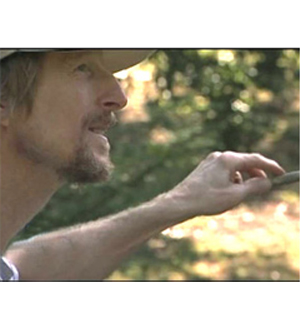
I also work exclusively from life. Not only is the first-hand visual experience completely different and infinitely richer than looking at a photograph, but its complexity and fleeting nature further forces me to simplify, develop my visual memory, and better understand the subject as a whole.
In my best work I have captured the fleeting moment, produced paintings which resonate and come to life as the viewer moves back away from the canvas, and provided the viewer with some insight into the nature of his or her own visual perception.
Choice of subject is of limited importance to me. While I enjoy painting expeditions to such places as Florida beaches and North Carolina mountains, the subject I most often deal with is the ordinary urban environment in which I live. I believe there is the greatest potential to heighten people’s appreciation of the visual experience by showing them the beauty in the mundane ordinary things they take for granted, such as simple wood frame houses, trees and cars in their neighborhoods
—Phil Sandusky
